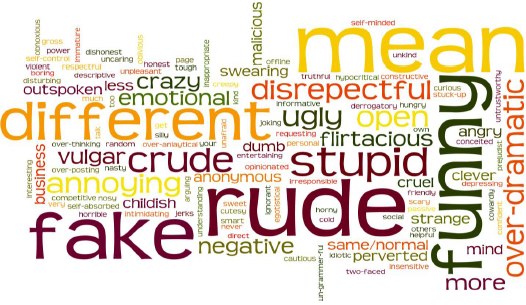Anti-bullying efforts can start with bullying questionnaires
Schools have used bullying questionnaires to quantify the problem. Bullying surveys can also point to possible solutions or pressure points.
Bullying surveys have been the basis for some national studies, but most bullying questionnaires are used at the state or local level to measure bullying and its effects.
Bullying questionnaires are often completed anonymously, of course, and results reflect the feelings and experiences of the group, rather than individuals.
You may create a bullying questionnaire of your own from information on this site. It will help you build a tool that measures the situation at your own school or in your own group, but it will not tell you how your group compares to a state or national population. A good bullying questionnaire can, however, tell you where the critical areas are and help direct your efforts.
Administering the same bullying questionnaire several times over the years will show you how things are changing. Ideally, your bullying questionnaire will lead to some measurable improvements.
These are some bullying questionnaires:
* Delaware’s bullying questionnaire was directed at kids of different ages.
*




